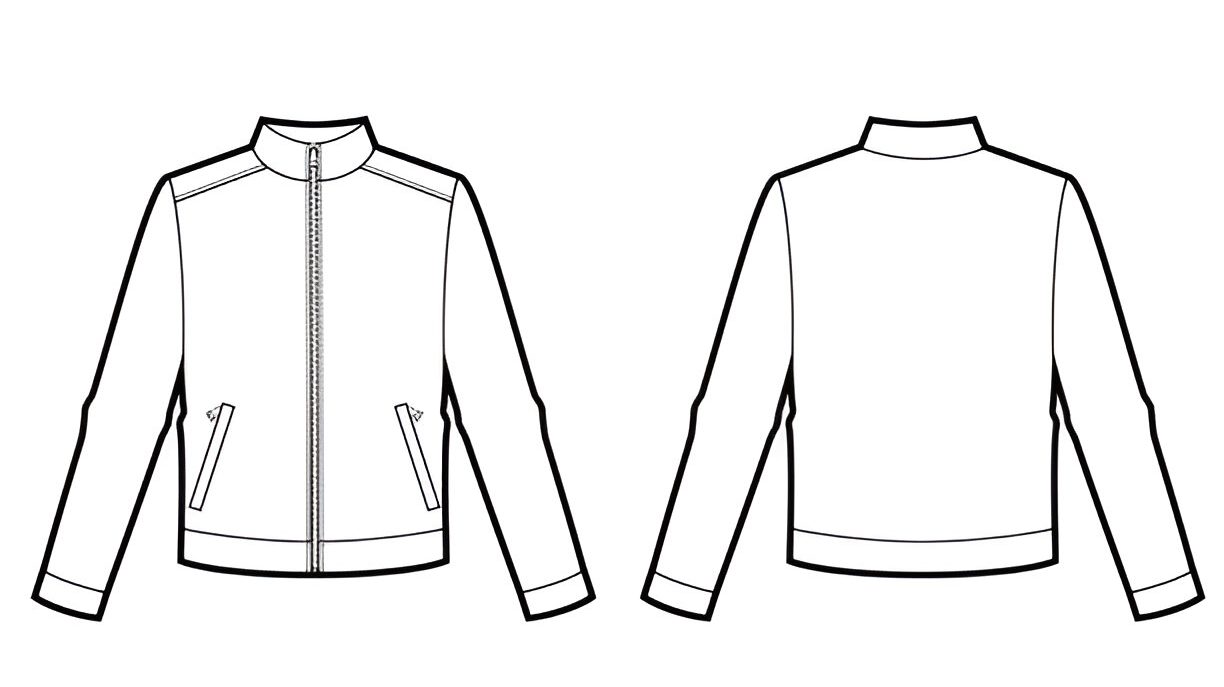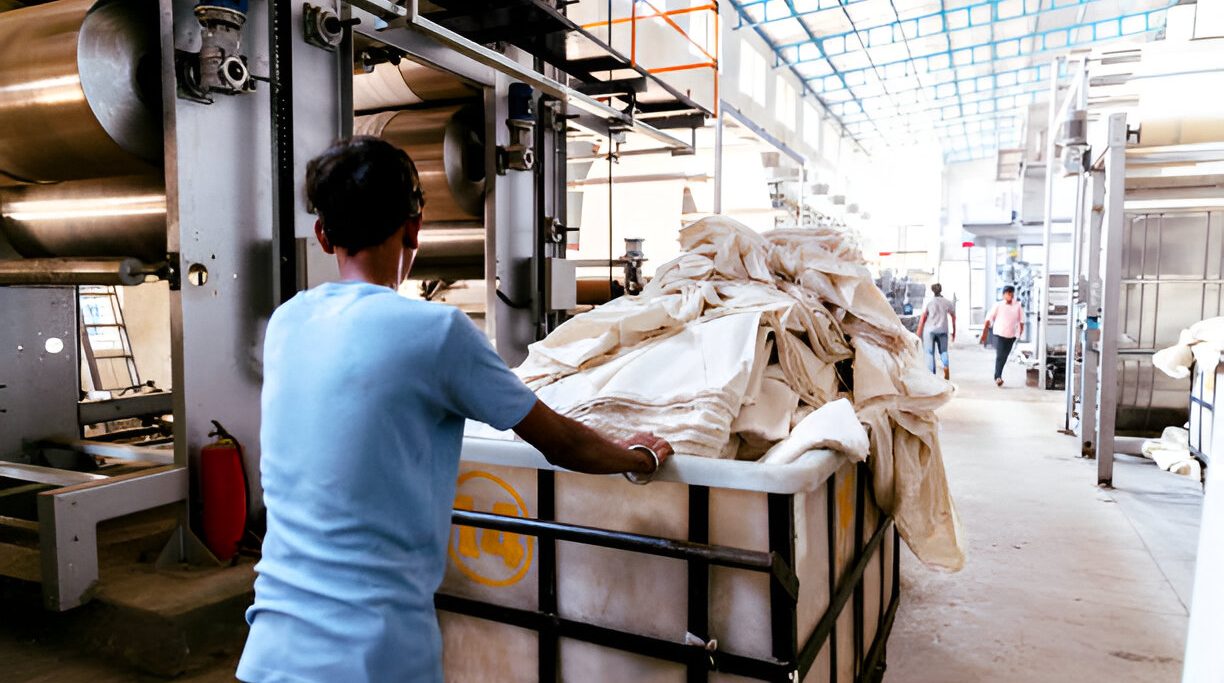Flat sketches are fundamental tools in the fashion industry, serving as blueprints for translating creative ideas into wearable garments. Whether you’re a seasoned designer or just starting out, mastering the art of flat sketches is crucial for effective communication with manufacturers, pattern makers, and production teams. In this blog, we’ll break down what flat sketches are, their importance in fashion design, and how to create them effectively to bring your designs to life.
What Are Flat Sketches?
Flat sketches, also known as technical sketches or fashion flats, are two-dimensional drawings that represent garments as they would appear when laid flat. Unlike fashion illustrations, which are often more stylized and artistic, flat sketches are precise, proportional, and detail-oriented, showcasing every technical aspect of a garment, from seams and darts to stitching lines and zippers.
The key components of a flat sketch include:
– Silhouette: The overall shape of the garment.
– Construction Details: Stitching lines, seams, darts, pleats, and closures.
– Measurements: Important for communicating fit and proportion.
– Front and Back Views: Usually both are necessary to fully convey the design.
By providing this level of detail, flat sketches ensure that manufacturers and pattern makers have all the information needed to produce a garment accurately.
Importance of Flat Sketches in Fashion Design
Flat sketches serve multiple purposes throughout the design and production process, making them invaluable to the fashion industry.
1. Clear Communication
Flat sketches eliminate ambiguity, allowing designers to communicate precise details to their production team. Every element, from pocket placement to buttonholes, is laid out clearly to avoid misunderstandings.
2. Production Efficiency
With clear instructions in the form of flat sketches, manufacturers can quickly understand the garment’s construction. This streamlines production, helping to avoid costly errors and speed up the manufacturing process.
3. Consistency Across Production
Flat sketches ensure consistency, particularly when working with multiple manufacturers. By providing standardized guidelines, they help maintain quality control and brand integrity, ensuring that each item produced adheres to the same specifications.
4. Documentation for Tech Packs
Tech packs, which are essential for mass production, often include flat sketches. These sketches provide detailed instructions that ensure garments are made according to the designer’s vision.
5. Archiving and Legal Protection
Detailed flat sketches serve as historical records of designs. This is useful not only for future reference but also for legal protection against design theft.
How to Create Effective Flat Sketches
Creating high-quality flat sketches requires precision, attention to detail, and the right tools. Here’s a step-by-step guide to help you master the art of flat sketching:
1. Start with a Template
Begin by using a fashion template or croquis to create a proportional base. Tools like Adobe Illustrator are industry standards for digital flat sketches Templates help maintain uniformity and speed up the process.
2. Outline the Garment’s Silhouette
Draw the basic shape of the garment. Keep the lines clean and simple to avoid clutter. If the design is symmetrical, only draw half of the garment and mirror it for accuracy.
3. Add Construction Details
Include all visible construction elements like seams, pleats, stitching, and darts. Pay close attention to details like buttons, zippers, and hardware placement. The more detailed your sketch, the better the production team will understand your vision.
4. Use Multiple Views
Provide both front and back views, and side views if necessary, especially for garments with intricate details like asymmetrical designs or side zippers. This ensures that every aspect of the garment is clearly communicated.
5. Keep It Clear and Minimal
While some designers may be tempted to add stylization, remember that flat sketches are meant to be functional, not artistic. Stick to black and white, using minimal color only when necessary to indicate different materials or layers.
Tools for Creating Flat Sketches
There are several tools and software available to help designers create precise and professional flat sketches:
– Adobe Illustrator: This is the go-to software for creating digital flat sketches. It offers precision and flexibility, allowing designers to easily edit and refine their sketches.
– Procreate: For designers who prefer hand-drawn sketches but want the flexibility of digital tools, Procreate on a tablet is a great option.
– Hand Drawing: If you’re more comfortable drawing by hand, use graph paper and rulers to create accurate sketches. However, digital tools provide more efficiency in professional settings.
Flat sketches are indispensable tools in fashion design, offering a clear and accurate representation of garment construction. By learning to create detailed and precise flat sketches, designers can improve communication, streamline production, and ensure consistency across their collections. Whether hand-drawn or digital, mastering flat sketches is a skill every designer needs to succeed in the fashion industry.
Embrace the art of flat sketching, and watch as your designs come to life with clarity and precision!



